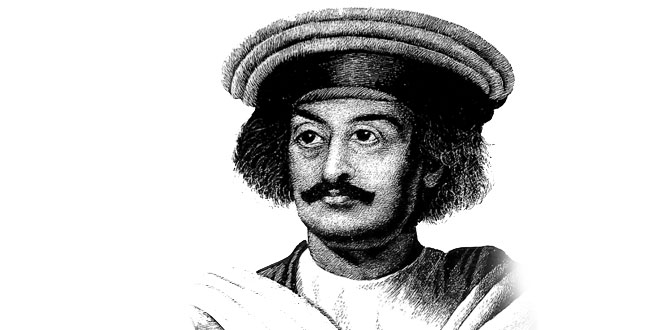Question: Why did Phule dedicate his book Gulamgiri to the American movement to free slaves?
Answer: Jyotirao Phule wrote a book in 1873. He named the book Gulamgiri meaning slavery. Some ten years before this, the American Civil War had been fought, leading to the end of slavery in America. Phule dedicated his book to all those Americans who had fought to free slaves. He did this in order to establish a link between the conditions of the lower castes in India and the black slaves in America.
Question: What did Ambedkar want to achieve through the temple entry movement?
Answer: Ambedkar led three temple entry movements between 1927 and 1935. His sole purpose behind these movements was to make people see the power of caste prejudices within society.
Question: Why were Jyotirao Phule and Ramaswami Naicker critical of the national movement ? Did their criticism help the national struggle in any way?
Answer: They were critical of the national movement because the nationalists often made seating arrangements following caste distinctions at feasts. The lower castes were made to sit at a distance from the upper castes. Their criticism helped the national struggle to a great extent. Ramaswamy Naicker inspired the untouchables to fight for their dignity by initiating the Self Respect Movement.
Question: Write a short notce on ‘The Singh Sabha Movemrnt’.
Answer:The Singh Sabha Movement was a Sikh movement begun in the late 19th century in reaction to the proselytizing activities of Arya Samajis and Christians. The movement’s aims were the revival of the Sikh Gurus’ teachings, the production of religious literature in the Punjabi language using the Gurmukhi script, and a campaign to increase literacy. Ironically, the activities of Arya Samajis (a hindu reform movement) and subsquent hindu customs and rituals have adopted many of the Sikh principes championed by the Singh Sabha movement.
Question: How was the Society in eighteenth century India?
Answer: Indian Society was divided along gender and caste lines during the eighteenth century:
- Women were not allowed to study and were married off while they were still very young. Windows could not remarry.
- Women did not have the right to inherit property.
- Their social position was very low and they were dependent on the menfolk in their family.
Question: Discuss the role of Raja Ram Mohan Roy and Ishwar Chandra Vidyasagar in improving the condition of women?
Answer: Sati was the most barbaric social evil of the time. In this, a window was burnt alive on the funeral pyre of her husband. The most vocal opponent of this practice was Raja Rammohun Roy. He lunched a campaign against it. His persistent efforts yielded results and sati was declared illegal in 1829.
Ishwar Chandra Vidyasagar launched a crusade for the betterment of the widows. He also wanted that windows should be allowed to remarry, if they so wished.
 Class Notes NCERT Solutions for CBSE Students
Class Notes NCERT Solutions for CBSE Students


